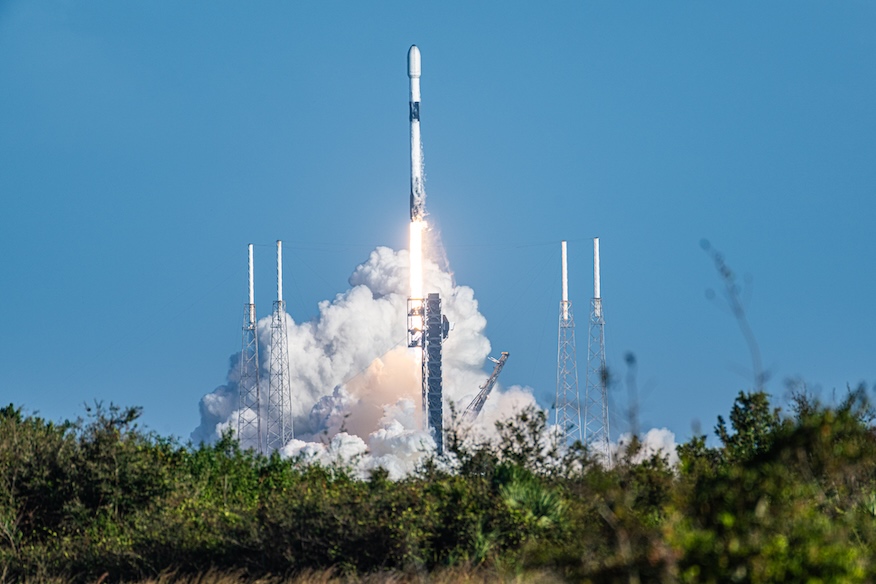
Update Oct. 30, 5:37 p.m. EDT: SpaceX launches the Starlink 10-13 mission.
SpaceX launched its second of the day on Wednesday evening with another Starlink flight. This Falcon 9 rocket will add another 23 Starlink satellites to the growing megaconstellation.
Liftoff of the Starlink 10-13 mission from pad 40 at Cape Canaveral Space Force Station happened at 5:10 p.m. EDT (2110 UTC).
Coming into the Wednesday launch opportunity, the 45th Weather Squadron forecast conditions to be 75 percent favorable for liftoff. It said the primary concerns were liftoff winds and cumulus clouds, noting wind speeds were predicted to be between 20 to 28 miles per hour.
The Falcon 9 first stage booster for this mission, tail number B1078 in the SpaceX fleet, launched for a 14th time. It previously supported the launches of Crew-6, BlueBird-1, USSF-124 and nine previous Starlink missions.
A little more than eight minutes after liftoff, B1078 landed on the SpaceX droneship, ‘A Shortfall of Gravitas.’ This was the 83rd booster landing for ASOG and the 361st booster landing to date.
The Starlink 10-13 flight will bring the total number of Starlink satellites launched in 2024 to 1,565. Prior to the Wednesday evening launch and following the Starlink 9-9 mission launch Wednesday morning, Jonathan McDowell, an astronomer and expert orbital tracker noted that there were 6,534 Starlink satellites remaining on orbit.




